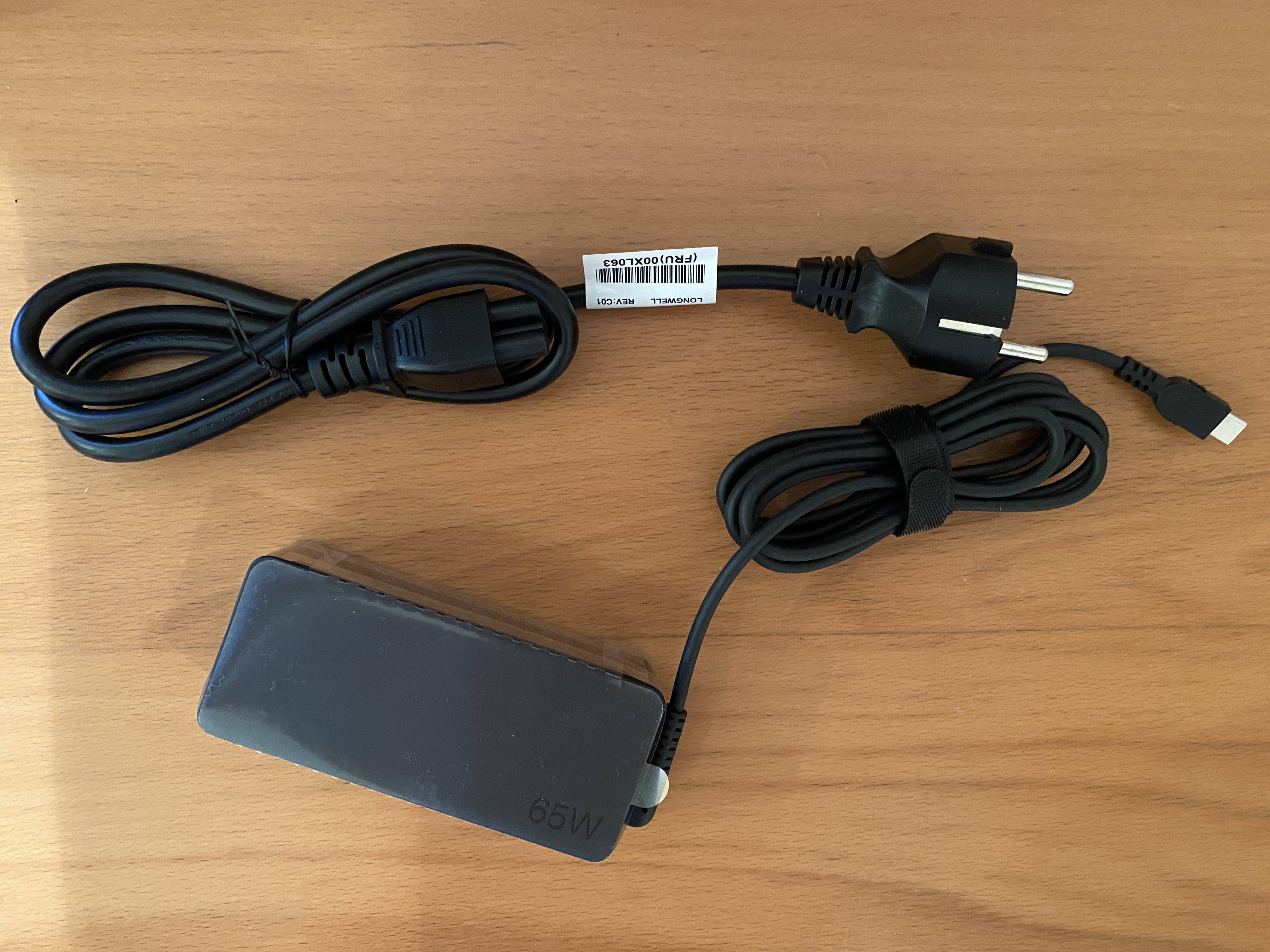The ThinkPad P14s Gen 1 is, as the name suggests, a 14″ workstation. It directly competes with the HP ZBook 14u and Dell Precision 7405. I decided to purchase the AMD-version of the ThinkPad P14s Gen 1, because mainly Intel has been dominating the market for nearly 15 years, and wanted to support team red which has finally caught up after such a long time. That’s aside from the fact that AMD’s products are currently priced a lot better and provide more value for your money.
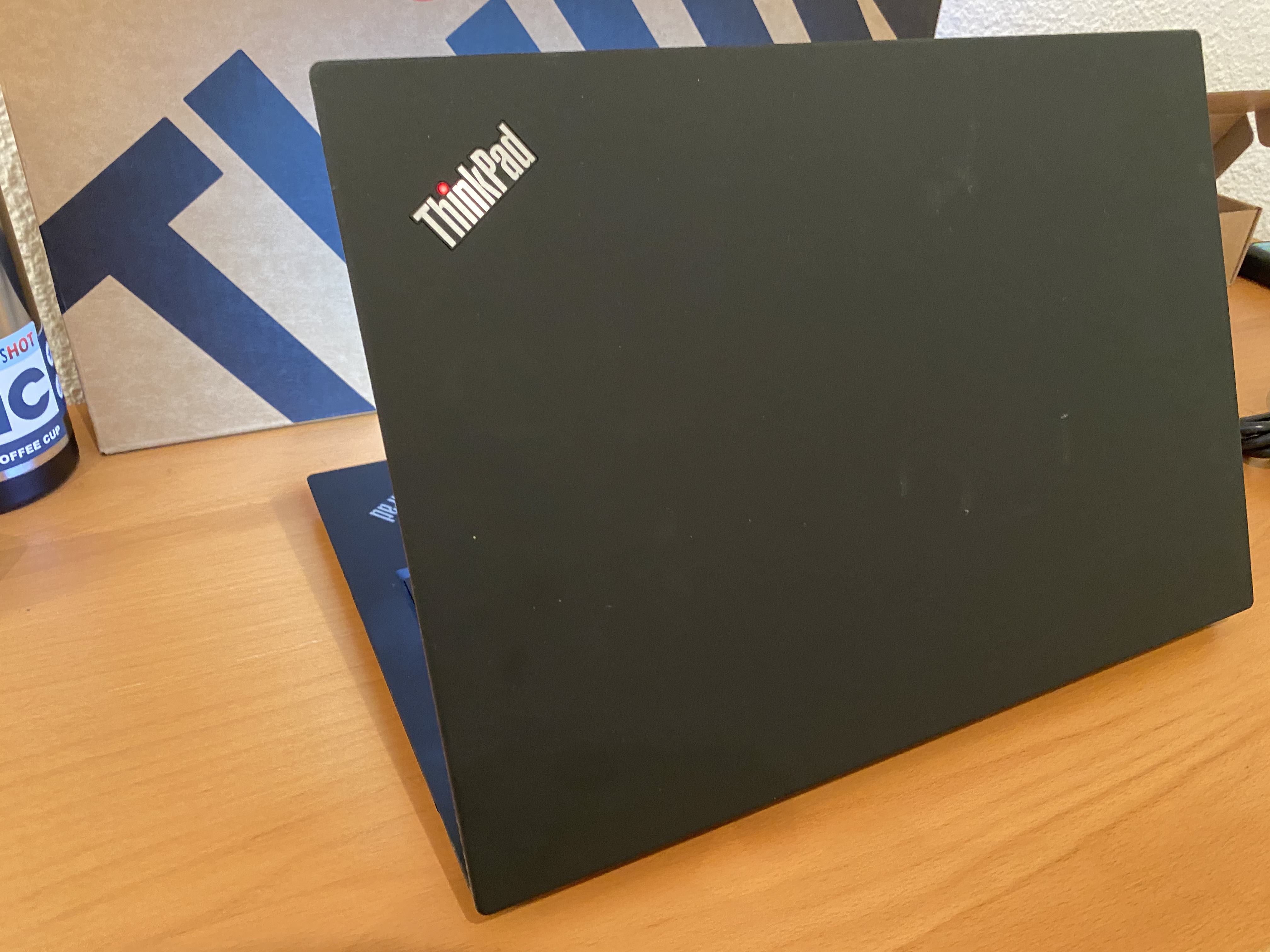
Background
Before we head into specifics about this machine, let’s talk about the ThinkPad P-series. We have 3 screen sizes to choose from: 14″, 15″ and 17″. This makes the ThinkPad P14s Gen 1 the smallest entry in the mobile workstation line-up with a weight of up to 1.55kg. The ThinkPad P15 and P17 are the fastest, largest and heaviest models.
For the 15″ models we have the ThinkPad P1, P15, P15s and P15v. The s-suffix indicates a thinner and lighter version, while the v-suffix stands for ‘value’. Think of a version of the ThinkPad P15 with an emphasis on CPU processing power rather than graphics performance offering either Intel UHD Graphics or Nvidia Quadro P560. There are also some sacrifices made in battery life and cheaper display panel options to name a few.
The ThinkPad P1 can be considered a flagship model with a better balance between performance and mobility weighing only 1.7kgs. The ThinkPad P1 can only be configured up to a Nvidia Quadro T2000, while both the ThinkPad P15 and ThinkPad P17 max out with the Nvidia Quadro RTX 5000 Max-Q.
The ThinkPad P14s Gen 1 and ThinkPad P15s Gen 1 are the only mobile workstation models that allow you to choose between AMD and Intel. It’s worth mentioning that the AMD-models are limited to the AMD Ryzen 7 Pro 4750U only.
If you need personalized advice, just send me a message.
Build Quality
The ThinkPad P14s is built with 50% PPS and 50% glass fiber reinforced plastics for the lid and palm rest. The bottom base cover is made of 50% PA and 50% glass fiber reinforced plastics.
As with other ThinkPads, no paint was used in the manufacturing process.
The laptop does not flex while it’s being held with one hand, of course, it is not recommended to hold it by one hand at the corners or near the edges.
Connectivity
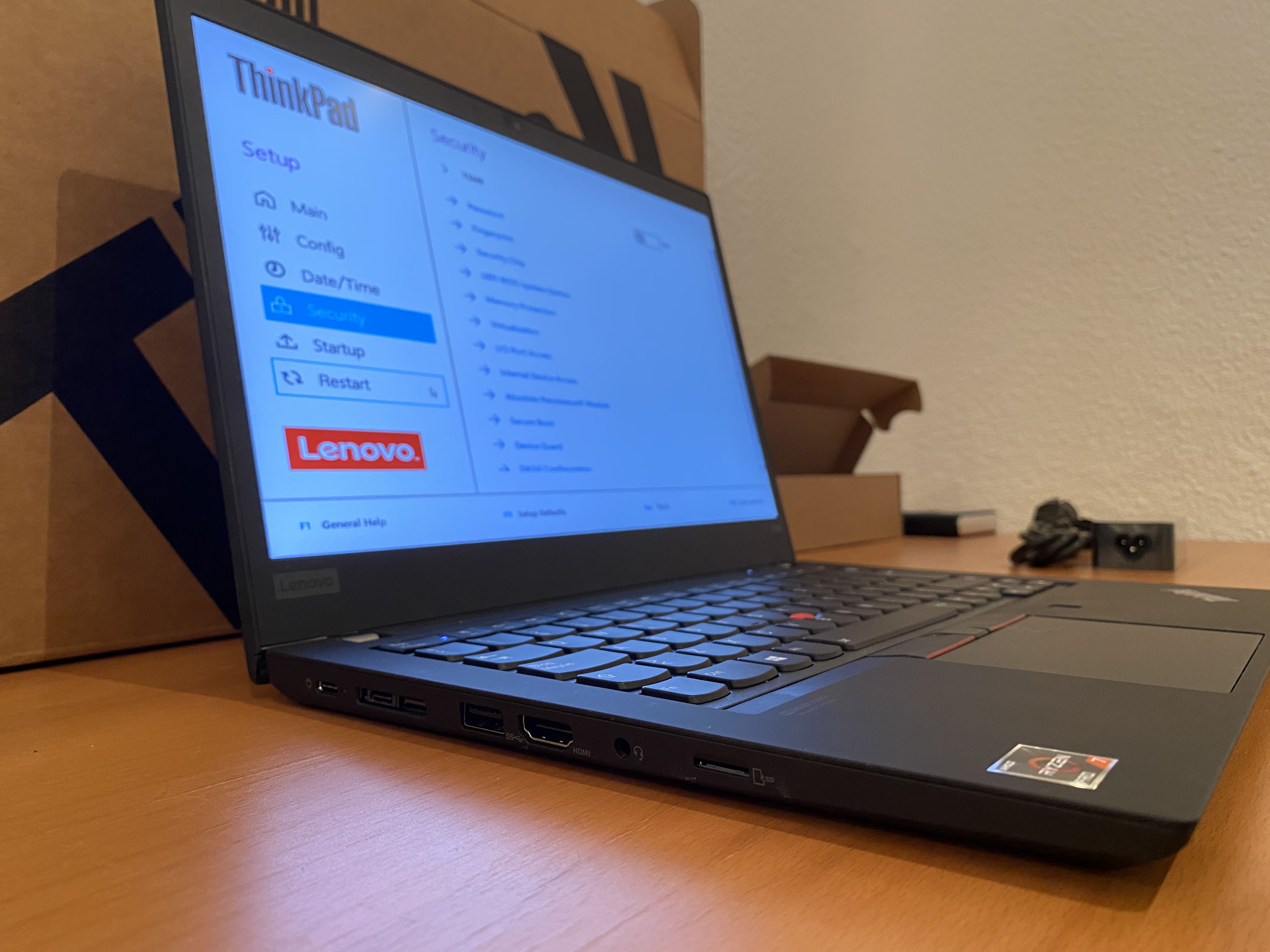
On the left-side, we find a USB-C 3.2 Gen 2 port near the hinge, this is the one you should be using for charging. Right next to it is another USB-C 3.2 Gen 2 port if you look closely. But as you can tell it’s part of a larger port which serves as a docking connector.
Check the accessories of the ThinkPad P14s if you wish to purchase a compatible docking station. Then we have a USB 3.2 Gen 1 port, there is another one on the right side of the laptop right next to the smart card reader.
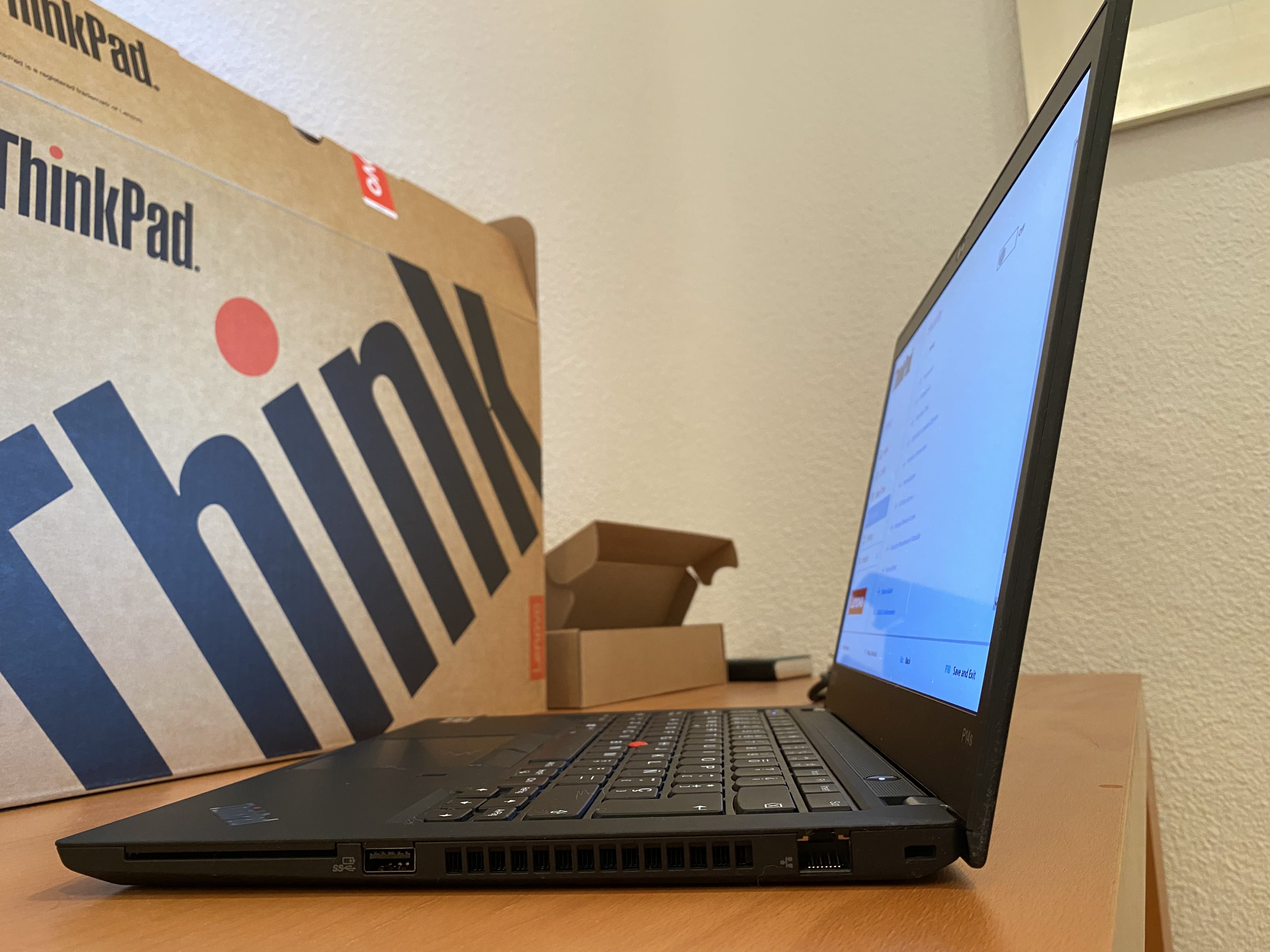
Below is an overview if you need to have a refresher on the available bandwidth to the USB 3.2 Gen 1 specification:
- USB 2.0: 480 Mbit/s
- USB 3.2 Gen 1 (SuperSpeed USB 5Gbps, formely USB 3.0 / USB 3.1 Gen 1): 5 Gbit/s
- USB 3.2 Gen 2 (SuperSpeed USB 10Gbps, formely USB 3.1 Gen 2): 10 Gbit/s
- USB 3.2 Gen 2×2 (SuperSpeed USB 20Gbps): 20 Gbit/s
- Thunderbolt™ 3: 40 Gbit/s
- FireWire 400: 400 Mbit/s
- FireWire 800: 800 Mbit/s
Continuing on the left side, we also have a HDMI 2.0 port. Regarding external monitors, the ThinkPad P14s supports up to 4 independent displays via native display and 3 external monitors; supports external monitors via HDMI® (up to 4096×2160@60Hz), or two USB-C (up to 5120×2880@60Hz, DP mode via USB-C to DP dongle)
We also find an AUX-port and a microSD card reader on the left side.
Display
Our model has a low power 400 nits FULL HD IPS panel with an advertised contrast ratio of 800:1 and 72% NTSC color accuracy. The display is great to use, and it does feel like progress has been made coming from a 300 nit display. For someone who occasionally works outdoors, this display is great value for the money. If you can afford the 500 nit panel, I can only encourage you.
The only thing I hate about the display is that the brightness or white color feels a little bit too strong occasionally.
There are 4 panels to choose from with 250, 300, 400 and 500 nits brightness each. Only the 300 nits and 500 nits panels come as multi-touch only. The most expensive 500 nits panel comes with ThinkPad Privacy Guard, which obscures the viewing angles from the sides. This is particularly useful if you work a lot in public places or work in the financial industry.
Camera
At the top of the display panel we find the camera. You’ll either have a 720p or 720p+IR option. The latter is useful for Windows Hello if you wish to use face authentication. It works reliably in my experience as I have been using it for quite a few years.
The ThinkShutter Camera works well in combination with the Lenovo Vantage Camera Privacy Guard setting. Meaning you can disable and cover up your camera without having to resort to using tape.
If found the ThinkShutter to be extremely useful in times of remote working. I feel like I can work all day without being spied upon.
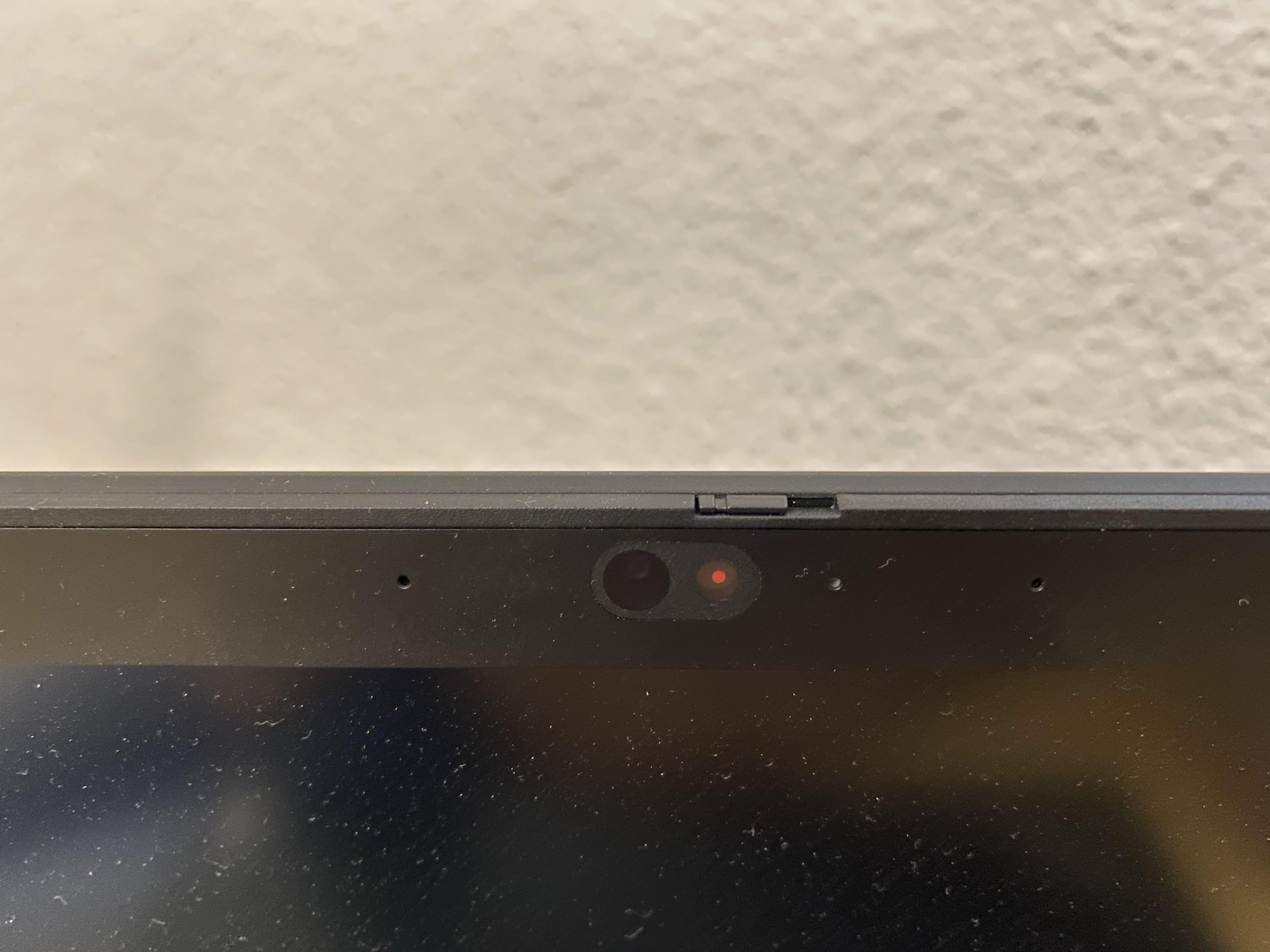
If you do not have a physical ThinkShutter feature on a Lenovo product you may already own, please do check out Lenovo Vantage for the Camera Privacy Feature. It is extremely useful.
Keyboard
The keys have roughly 1.8mm of travel, typing is still fairly pleasant, and the keys do not feel mushy or soft to press. We’re getting a good amount of response from the key’s hinges.
Our configuration (20Y1000ESP) comes with a back-lit Chicony keyboard. There are 3 other suppliers, your experience may be different.
I wish the TrackPoint/TrackPad buttons had a little bit more key travel, but that is just a personal preference.
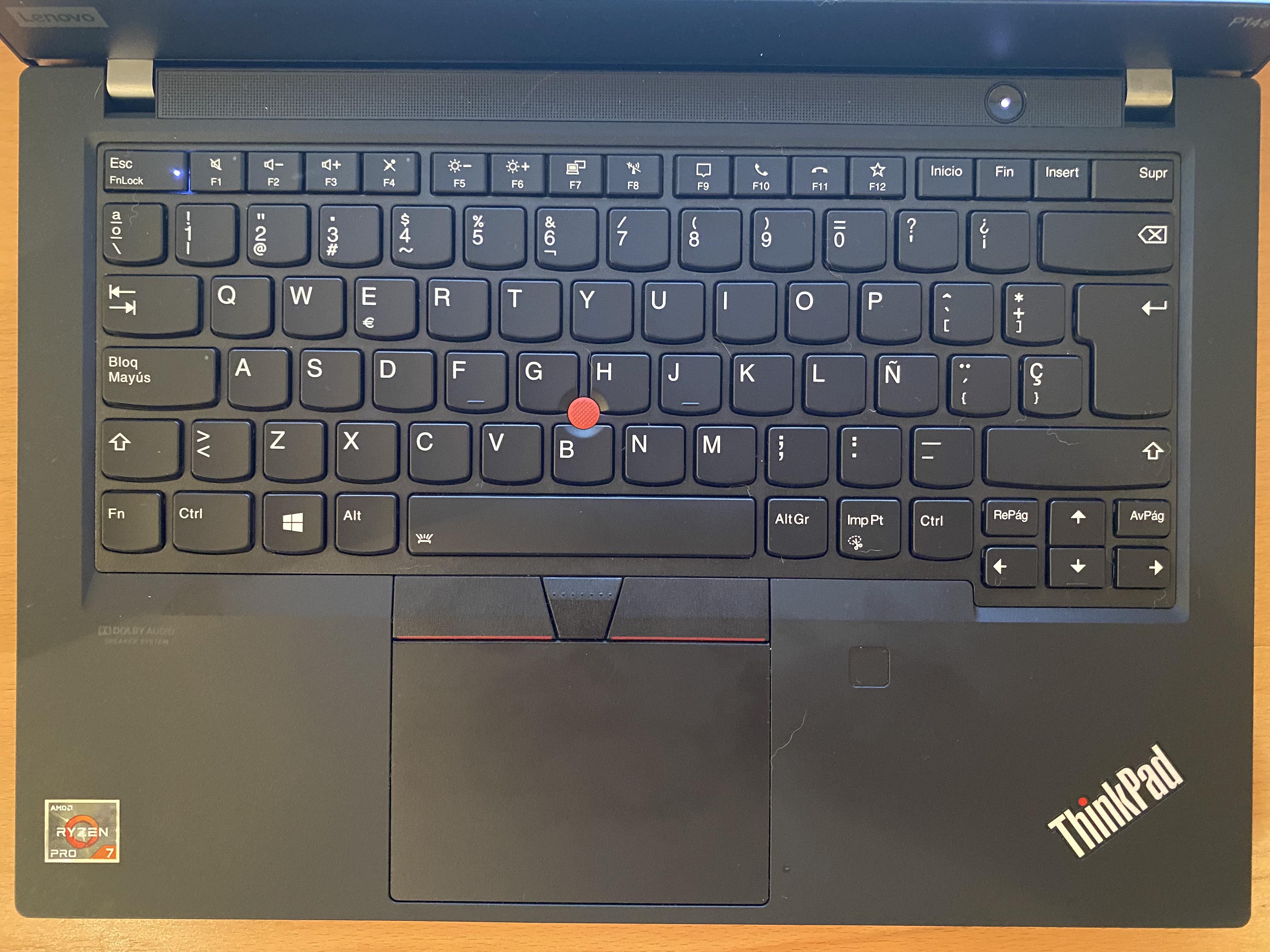
Maintenance
The ThinkPad P14s Gen 1 shares the same chassis with the ThinkPad T14 Gen 1. You can find the hardware maintenance manual on this page. We verified that the keyboard was still easy to replace by using a prying tool and only removing two screws. Other components can also be removed or replaced without too much effort.
Performance
The AMD Ryzen 7 Pro 4750U’s synthetic benchmarks do not disappoint as shown in the table below. The fan is also generally very quiet. It might moderately start spinning during a Microsoft Teams or Zoom meeting, but it’s not at all noisy to be of any concern.
| AMD Ryzen 7 Pro 4750U | Intel Core i7-10610U | |
|---|---|---|
| PC Mark 10 Score | 5036 | 4131 |
| PC Mark 10 Essentials | 9056 | 8482 |
